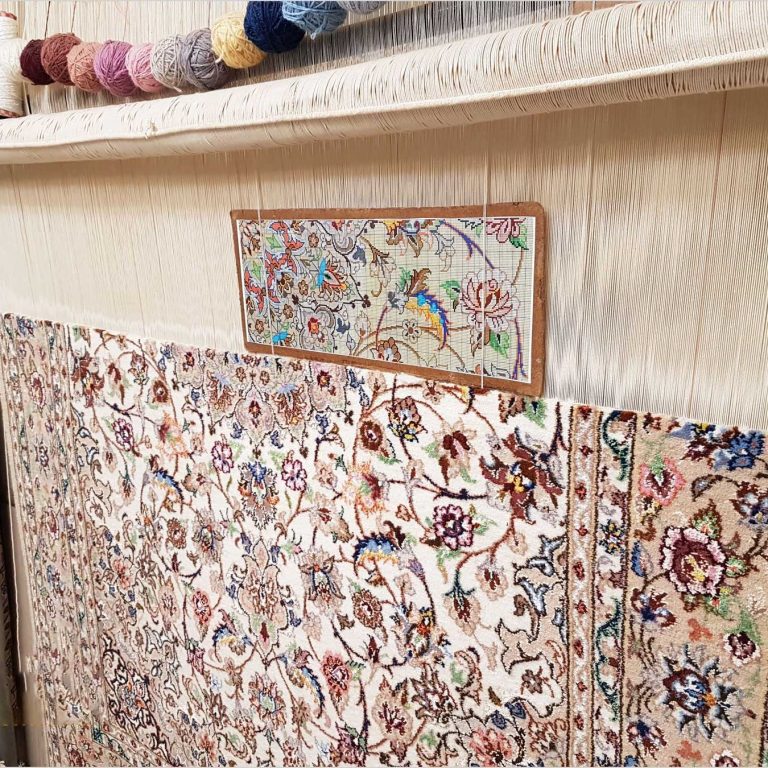“Persian Rugs: A Timeless Tradition of Artistry and Craftsmanship
Persian rugs, also known as Iranian carpets, are renowned worldwide for their exquisite beauty, intricate designs, and unparalleled quality. Woven with meticulous care and attention to detail, Persian rugs have a rich history that dates back thousands of years, making them a cherished symbol of Persian culture and artistry.
History and Origins:
The art of Persian rug weaving can be traced back to ancient Persia, where skilled artisans developed intricate techniques to create stunning carpets. Persian rugs were not only utilitarian but also served as symbols of status, wealth, and artistic expression. Over the centuries, Persian rug weaving evolved, incorporating diverse influences from various regions and cultures, resulting in a rich tapestry of designs and patterns.
Materials and Techniques:
Persian rugs are traditionally handwoven using high-quality materials such as wool, silk, and cotton. The weaving process is labor-intensive and requires precision and skill. Artisans use specialized techniques such as knotting, dyeing, and pattern design to create intricate motifs, floral patterns, and geometric designs that are characteristic of Persian rugs. Each rug is a unique masterpiece, reflecting the creativity and expertise of the weaver.
Designs and Patterns:
Persian rugs are known for their diverse range of designs, each reflecting the cultural heritage and artistic traditions of different regions in Iran. Popular motifs include floral patterns, medallions, arabesques, and geometric shapes, each with its own symbolic significance. The colors used in Persian rugs are rich and vibrant, often derived from natural dyes sourced from plants, insects, and minerals, adding to the rugs’ timeless beauty.
Types of Persian Rugs:
Persian rugs are classified based on their region of origin, weaving technique, and design. Some of the most famous types of Persian rugs include Tabriz, Kashan, Isfahan, Shiraz, and Qom rugs, each known for their unique characteristics and craftsmanship. These rugs vary in size, design complexity, and knot density, catering to different tastes and preferences.
Preservation and Recognition:
Despite the challenges posed by modernization and changing market trends, efforts are being made to preserve and promote the art of Persian rug weaving. Artisans, collectors, and cultural organizations are working together to safeguard traditional weaving techniques, support local weavers, and raise awareness about the cultural significance of Persian rugs. International recognition and appreciation for Persian rugs continue to grow, with these exquisite carpets adorning homes, museums, and galleries around the world.
Conclusion:
Persian rugs stand as a testament to the skill, creativity, and cultural richness of Persian craftsmanship. Through their intricate designs, vibrant colors, and timeless beauty, Persian rugs continue to captivate art enthusiasts and collectors globally. As a cherished art form with a storied history, Persian rugs represent the enduring legacy of Persian art and the unparalleled beauty of traditional carpet weaving.

